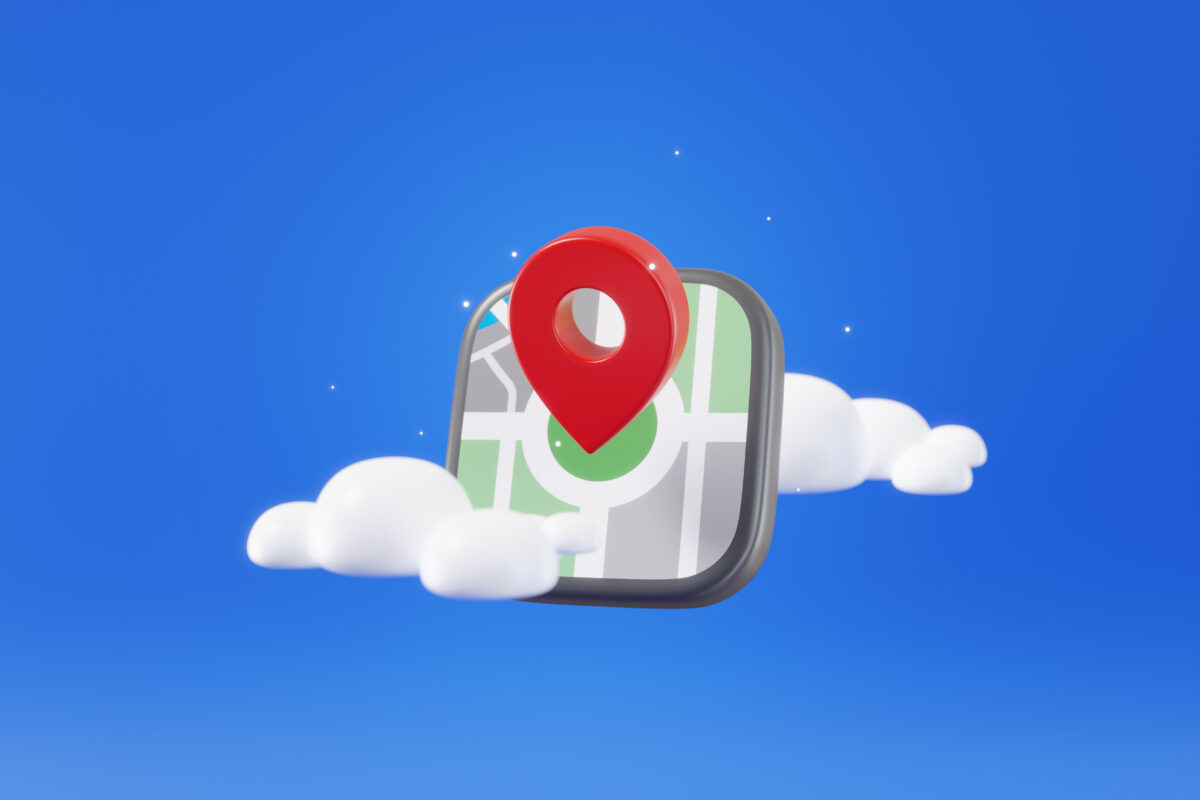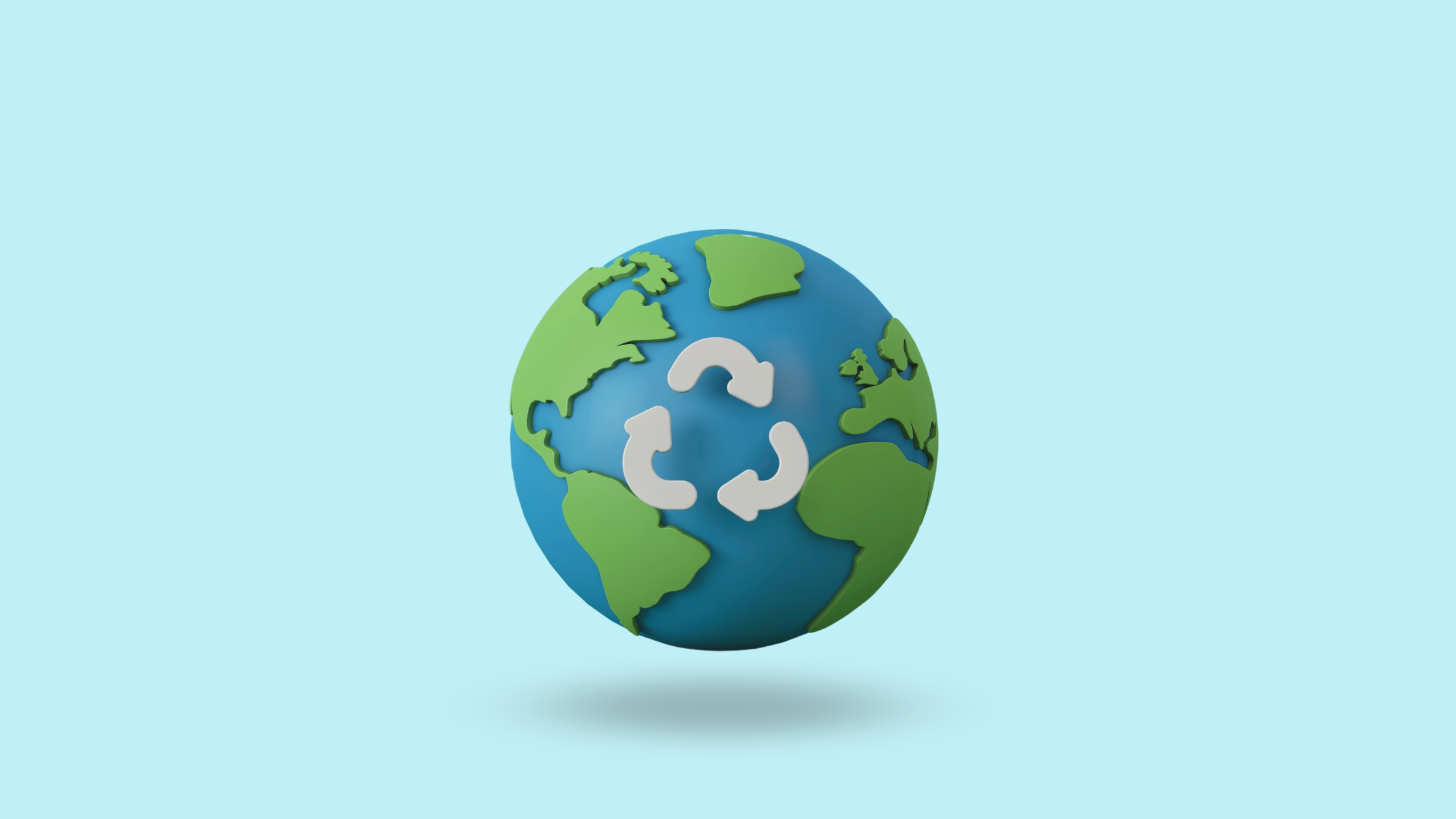
How Can Flyer Distribution Be Made More Sustainable?
According to data released by the National Oceanic and Atmospheric Administration, 2022 was the sixth-hottest year on record – the top ten warmest years have all occurred since 2010. More worryingly, this trend is predicted to continue in 2023. The Met Office expects global average temperatures forecast to be about 1.2C above what they were before humans started to drive climate change.
In light of this, consumers are turning to eco-friendly products – in 2020, 45% of consumers said they were interested in finding sustainable brands – so it’s high time businesses implement sustainable practices.
Marketing is a fundamental area that executives should focus on when making such changes, especially when it comes to offline marketing. This blog will discuss ways flyer distribution can be more effective and environmentally responsible and explore sustainable alternatives to traditional flyering.
The Environmental Ramifications of Flyer Distribution
Millions of flyers are printed and distributed to consumers every year. The mass amounts of waste products created by this process significantly impact the environment.
For example, in Europe, almost 80% of all printed matter is on paper, and most European tree species have an average growth time between 15-80 years. It takes a massive strain on the environment to keep up with the demand for printed materials. On the bright side, despite the exceptional demand, forests across Europe have grown substantially decade after decade.
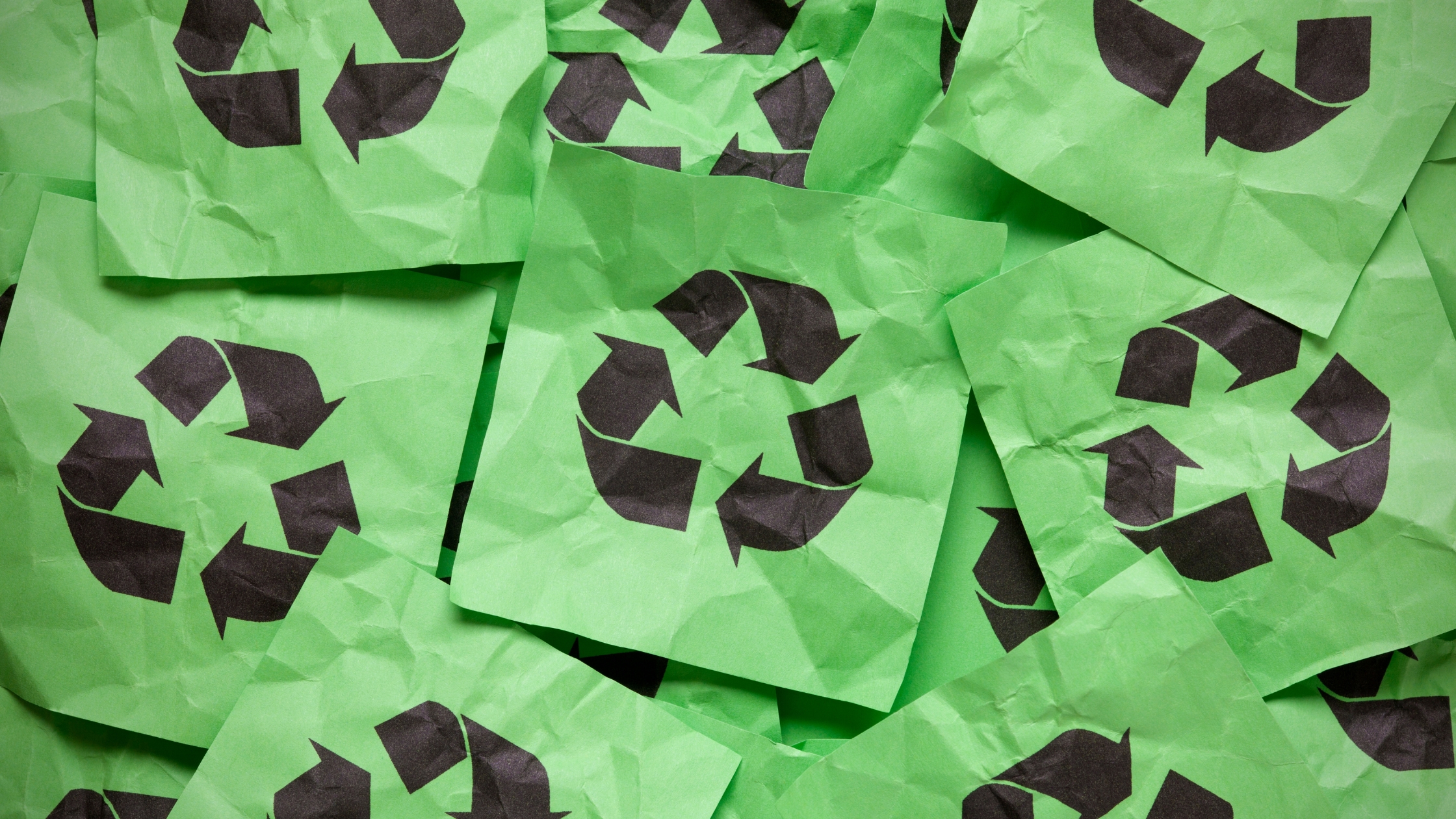
The key problem with flyering, however, is not the production process. Flyer distribution has the propensity to generate a large amount of litter or waste – it’s not uncommon to see a discarded flyer curled up in the gutter.
In the U.K. alone, over two million pieces of litter are dropped in a day. This has become such a prevalent issue that the U.K. government has created a webpage devoted to informing councils about their ability to control leafleting that’s causing litter problems.
What is ‘Greenwashing’ and How Does it Impact Your Flyer Distribution Campaigns?
One issue that has stolen the limelight in recent years is greenwashing – but what is greenwashing?
The term ‘greenwashing’ refers to a collection of actions or statements an organization makes that are dishonest, deceptive, or incorrect regarding their business or products’ benefits for the environment.
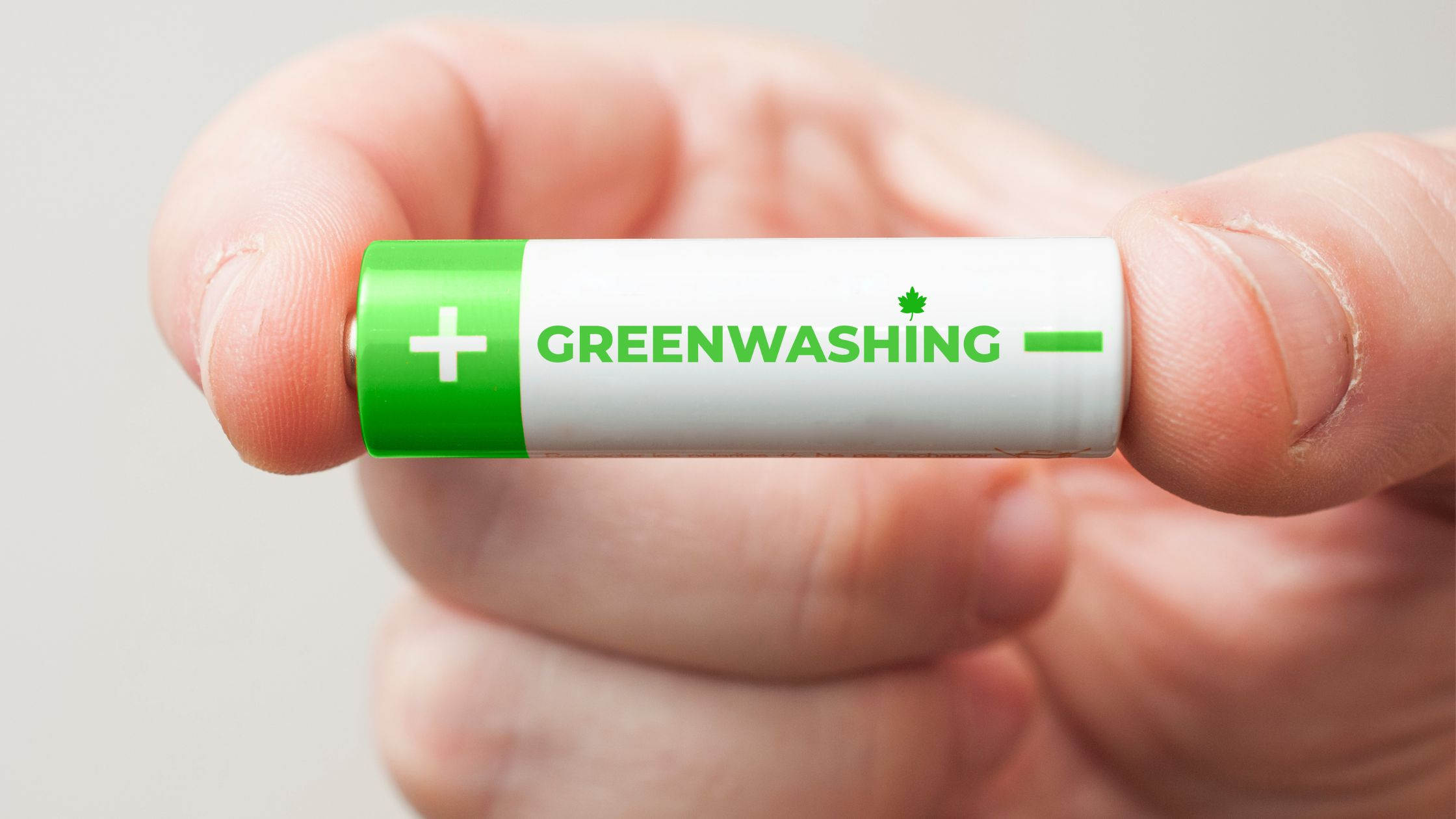
Two Sides, an organization dedicated to improving the graphic communications and packaging supply chain, has released data that suggests greenwashing threatens the loss of £22.4 million of value to the print, paper and mailing industry in the U.K.
What’s more, in 2020, the European Commission uncovered mass greenwashing on brand websites. After running an extensive cross-sector sweep of websites, the European Commission found that in 42% of cases, green claims were false, exaggerated, or deceptive.
When selecting your suppliers for your materials – be it ink or paper – it’s essential to undertake a great deal of research to ensure that you’re working with truly ethical companies. The Green Business Bureau has created an article that describes in-depth how to spot corporate greenwashing.
What Are the Alternatives?
In 2023, there are many routes and choices available to produce a more eco-centric flyering campaign. Let’s explore three fundamental ways to make your marketing green, from printer ink to direct mail distribution.
Eco-friendly Materials
When selecting the types of materials you’re going to use for your flyers, such as paper or ink, you should look for an FSC Label. Provided by the Forest Stewardship Council, the FSC Label comes in three distinctive forms:
- FSC 100%: All materials come from FSC-certified, sustainably-managed forests.
- FSC Recycled: The product is made entirely from recycled materials.
- FSC Mix: The product is made with a mixture of materials from FSC-certified forests, recycled materials, and/or FSC-controlled wood.
In terms of paper, an FSC certification means that the paper has been harvested responsibly. This does not mean that the paper has to include recycled materials, although this is commonplace for FSC-labeled paper.
Of course, there are many other certifications to look out for:
- The Green Seal badge.
- An SFI logo, which can be found across the U.S. and Canada.
- The Rainforest Alliance certification means that a product or ingredient was produced using methods that uphold social, economic, and environmental sustainability.
Printing
Your printing supplier must align with your values; if you’re trying to be sustainable, choosing a printing company that fails to prioritize the environment is contradictory and hypocritical.
Moreover, the type of printing you choose can dramatically reduce your carbon output and even improve the quality of your flyers.
Digital Printing
Digital printing reduces waste and carbon emissions as it produces far fewer CO2 emissions than many traditional and rotogravure printing presses.
Whilst digital printing typically costs more per print than the aforementioned printing techniques, it circumvents the need for printing plates, thereby producing fewer waste products and shortening the printing process.
But why should you choose digital printing? Well, it’s a highly customizable medium, which is perfect for producing high-quality printed materials in a short timeframe.
Carbon Balanced Printing
There is also the option to invest in carbon-balanced printing. The greenest way of printing, carbon-balanced printing involves using Carbon Balanced Paper on a Carbon Balanced Printer. In doing so, you offset emissions and make your process much more sustainable.
Distribution Methods
Rather than distributing your flyers in the street where people may litter (almost 48% of people in the U.K. admit to dropping litter), you could target your audience at home. By targeting your audience at their homes, you are reaching them where they have adequate access to recycling or waste bins, which are only sometimes available in public settings.
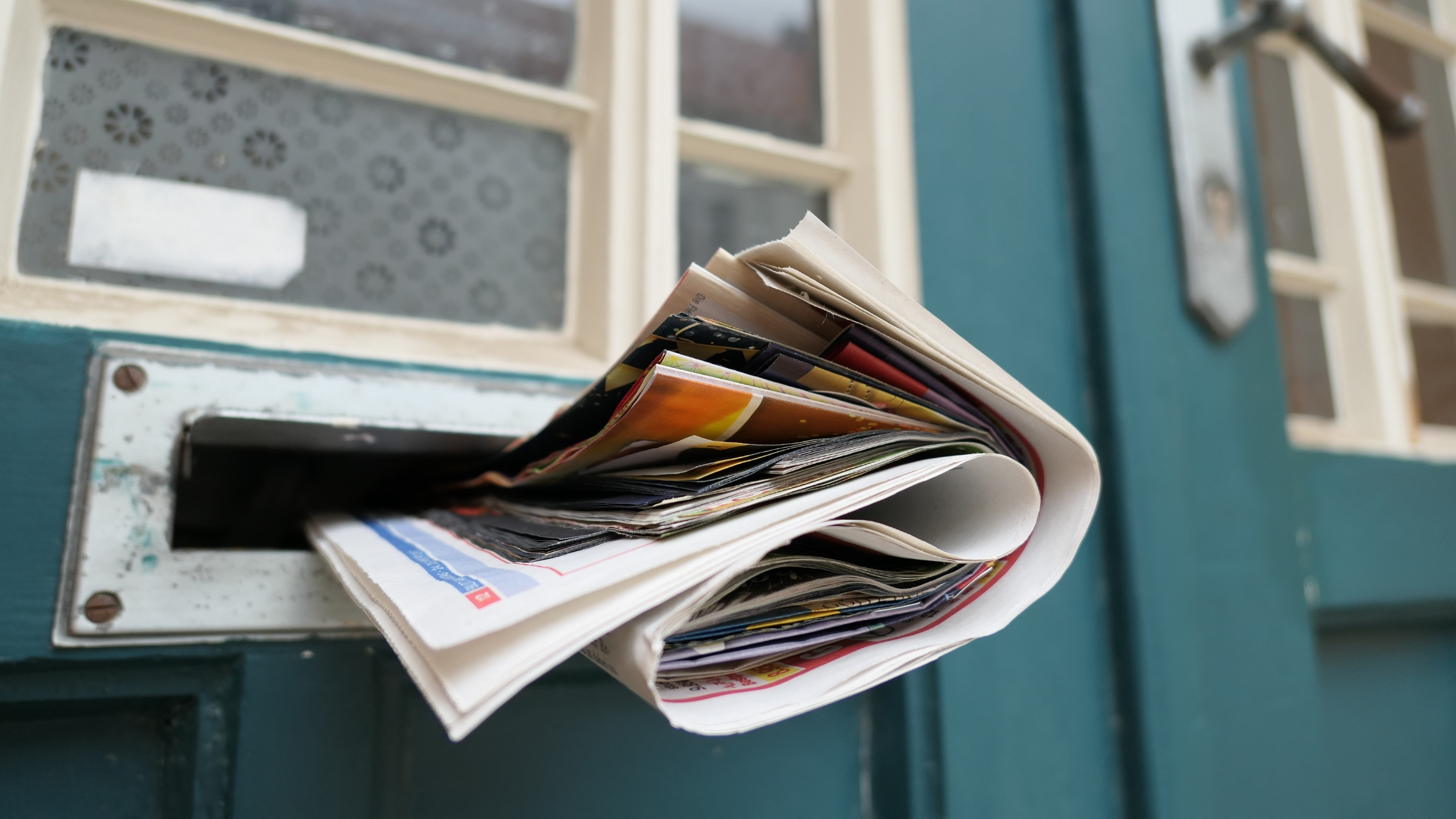
Three distribution channels can facilitate your flyers reaching homes:
- Door to door: A commonly used technique, door to door flyering involves a distributor – from your own company or outsourced – delivering the flyer directly to the consumer’s door.
- Door hangers: Primarily used in the United States, door hanger campaigns are an unobtrusive and personalized way of reaching your audience. Indeed, placed on your customer’s door handle, this medium is perfect for small-scale, localized campaigns.
- Direct mail: When using direct mail, you can use the postal system in your area. Rather than sending out your own fleet of delivery drivers, you can use the public network – think of it as carpooling but for the mail!
Meeting your audience at their front door has a range of advantages; for instance, door to door mail is driving web traffic by approximately 50% year-on-year. Additionally, it ensures that people are more likely to remember your brand or services, as research shows mail has 35% better recall than social media advertising and 49% more than email.
How Can Sustainable Alternatives be Implemented?
It comes down to how much you’re willing to invest and how much you’re ready to research.
Sustainable flyering options are usually more costly – there is no way around that – and this means that for many businesses, it’s not possible to overhaul their entire marketing strategy. Yet small changes can be made to bolster green practices, including waste reduction, sourcing materials from responsible providers, and promoting fair labor practices.
It is important to be transparent about sustainability efforts; therefore, by integrating eco-friendly methods into its marketing strategy, a brand can attract socially and environmentally aware customers and differentiate itself from its competitors.
At Oppizi, we are committed to helping businesses achieve their sustainability goals through green flyer distribution. We are raising the bar by guaranteeing climate positivity through carbon-neutral printing, reducing our carbon footprint, and our tree planting initiative.
The Future of Flyer Marketing
In conclusion, the future of marketing is green. With consumers pushing for sustainability, it is no surprise that marketing is following suit – 67% of companies have started using more sustainable materials, such as recycled materials and lower-emitting products.
When producing your flyers, you must consider their impression on the planet. Yes, you should want to create an effective campaign, but you should also want to benefit others – whether that means reducing litter, introducing zero-waste policies, or slashing your CO2 emissions.
Brands around the world are seeing the light – it’s time to create a better system that upholds eco-friendly methods. Embrace the future; embrace the planet. Utilize sustainable flyering methods today – contact us to find out more!

